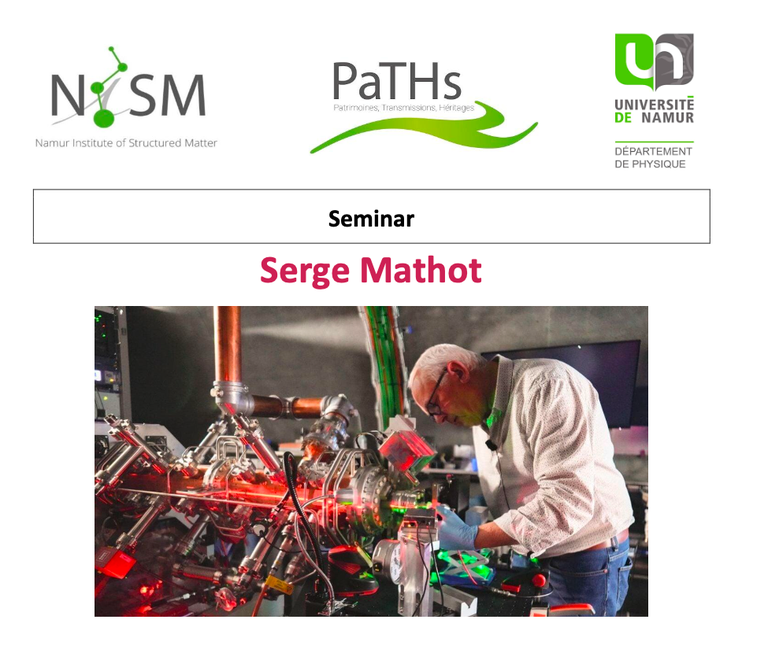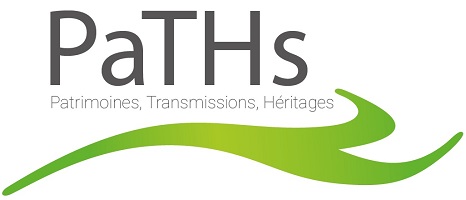Séminaire – Development in the field of cultural heritage sciences at CERN
- https://paths.unamur.be/seminaire-2013-development-in-the-field-of-cultural-heritage-sciences-at-cern
- Séminaire – Development in the field of cultural heritage sciences at CERN
- 2025-05-09T00:00:00+02:00
- 2025-05-10T23:59:59+02:00
- Quoi PaTHs Conférence Séminaire
- Quand Du 09/05/2025 au 10/05/2025 (Europe/Brussels / UTC200)
- Où UNamur, Faculté des Sciences – Salle S08
-
Ajouter l'événement au calendrier
 iCal
iCal
Particle accelerators have many applications, from high energy physics to surface treatment, from medicine to materials science. Several analytical methods have been developed using particle beams of a few MeV. Among these, the PIXE (Proton Induced X-ray Emission) method has been increasingly developed since the 1970s, when it was used with an extracted beam.
In this configuration, the method allows high-precision, non-destructive analysis of samples maintained at atmospheric pressure. The field of art and archaeology have been particularly interested in this technique. The PIXE method with extracted beam is then the most widely used ion beam analytical technique for the study of objects from our cultural heritage.
The first part of this seminar will give examples of the remarkable capabilities of this technique to analyse a wide variety of objects from our cultural heritage. The second part will present a recent development at CERN with the construction of very compact accelerators for the analysis of materials. For the first time, the accelerator will move to museums or restoration centres to analyse art master pieces!

Serge Mathot is coming from Namur, an IATA alumnus, who did all his studies at UNamur. He completed his PhD at the LARN laboratory in 1992. He did a post-doctorate at IRMM in Geel and the joined CERN in 1995. At CERN, he worked among other things on the development of a method for building RFQ (Radio Frequency Quadrupole) accelerating cavities and he was then responsible for the assembly of the Linac4 RFQ, the first accelerator cavity in the LHC. He took part in the development of compact RFQ for medical applications and was responsible at CERN for MACHINA (Movable Accelerator for Cultural Heritage In situ Non destructive Analysis), a joint CERN and INFN project. He is now in charge of ELISA (Experimental Linac for Surface Analysis), a 2 MeV proton accelerator installed at CERN's Science Gateway for public demonstrations and research in the field of surface analysis.
Informations pratiques :
Vendredi 9 mai 2025, 9h00
UNamur, rue Grafé, 2 – 5000 Namur
Faculté des Sciences
Salle S08

